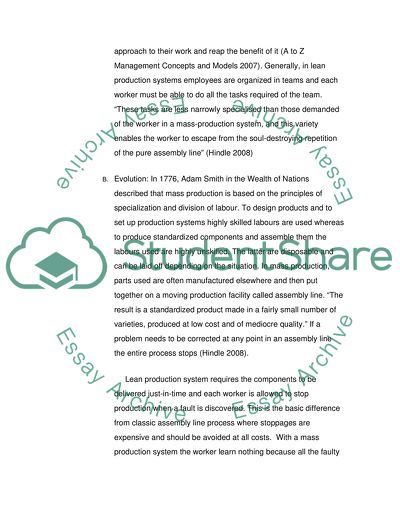Cite this document
(“Operations and Quality Improvement Strategies Coursework”, n.d.)
Retrieved from https://studentshare.org/finance-accounting/1418594-operations-and-quality-improvement-strategies
Retrieved from https://studentshare.org/finance-accounting/1418594-operations-and-quality-improvement-strategies
(Operations and Quality Improvement Strategies Coursework)
https://studentshare.org/finance-accounting/1418594-operations-and-quality-improvement-strategies.
https://studentshare.org/finance-accounting/1418594-operations-and-quality-improvement-strategies.
“Operations and Quality Improvement Strategies Coursework”, n.d. https://studentshare.org/finance-accounting/1418594-operations-and-quality-improvement-strategies.


